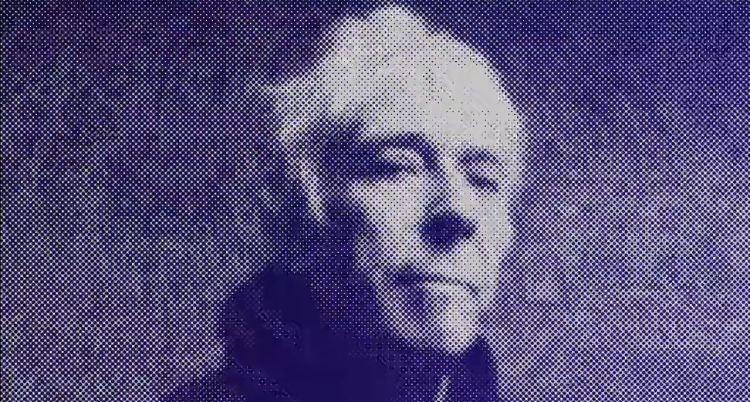John Cale:
A Futurespective
Ahead of John Cale (2018-1964): A Futurespective, at Convergence 2018, music journalist Arwa Haider looks back through Cale’s career to date.
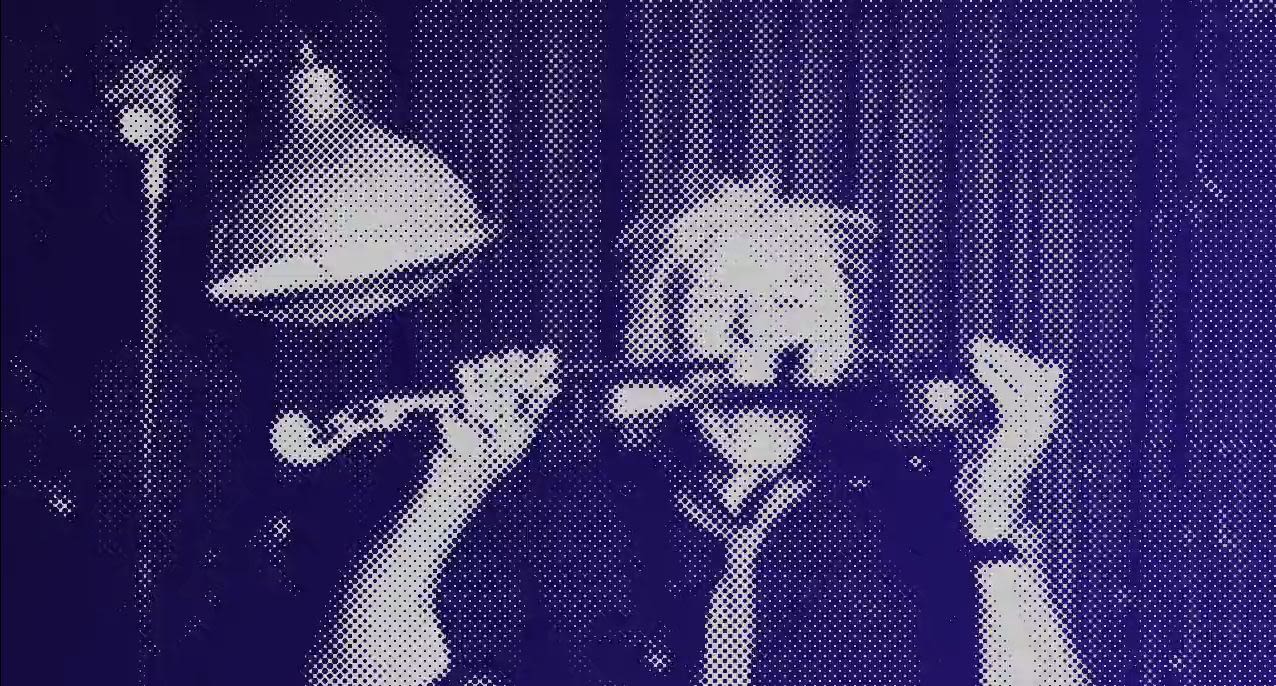
Across six decades, John Cale has connected the realms of cutting-edge experimentalism and pop immediacy, creating tirelessly, and releasing a vast catalogue that spans ambient innovations to intoxicating rock, orchestral symphonies, electronica, and movie scores.
To describe Cale as ‘multi-layered’ somehow doesn’t go far enough – his work has always been about pushing things further: as a young classical prodigy turned avant-garde firebrand; as co-founder of The Velvet Underground; as an exceptionally intrepid solo vocalist/musician and producer.
‘I wanted to cross-pollinate rock with the avant-garde'
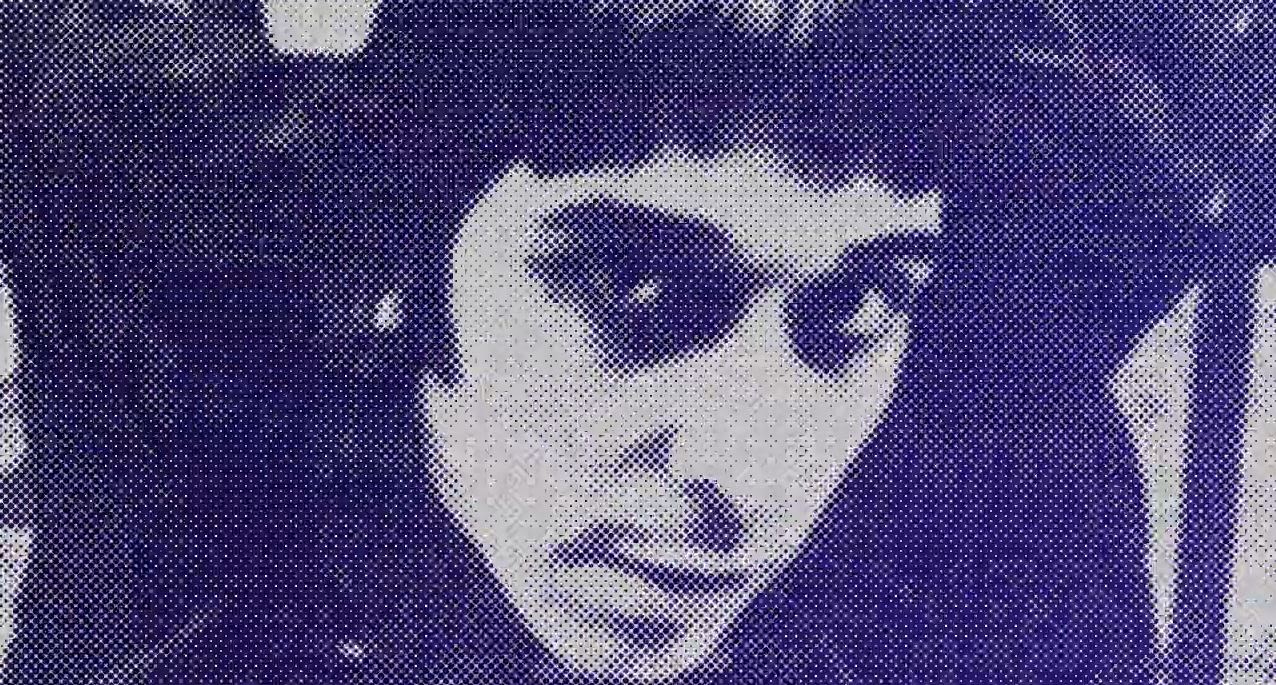
At 75, Cale is not much given to nostalgia.
It’s not that he neglects past legacies; more that he is constantly reflecting new possibilities. So his latest Barbican dates, exploring his recent career and delving back to 1964, are aptly dubbed A Futurespective.
On record, Cale’s Welsh baritone voice retains an unmistakeable brooding quality (as does his viola playing): foreboding yet sometimes tender, often wry. In conversation, he’s lucid and genial; he’s up early for studio sessions in LA (where he’s been based for many years), and contemplating his Futurespective starting-point:
‘I’ll be doing old material in a new way, and stuff from the new album in a different way,’ he explains. ‘The shows will consist of a lot of different moments, anchored in the period when they were created, and redesigned for today’s ideas.’
'Music was a language that allowed me to communicate without permission'
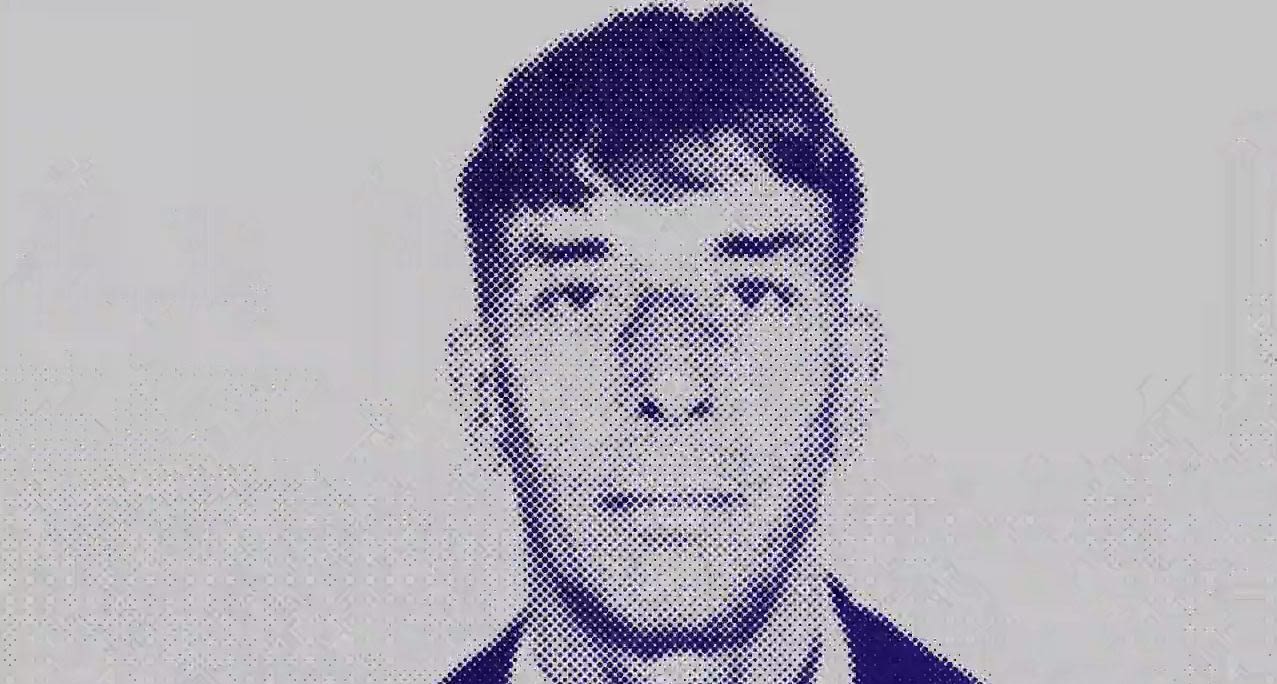
Cale was born in the South Wales mining village of Garnant in 1942, to a coalminer father and a schoolteacher mother. His maternal grandmother insisted that he spoke only Welsh at home: a decision that impacted sharply on his family dynamic:
‘It wasn’t a happy upbringing,’ admits Cale. ‘My grandmother ruled the roost, and I couldn’t speak to my father until I was seven, because I only spoke Welsh before then, and he only spoke English. His shifts at the coal mine meant that he’d come back from work when I was getting up for school; when I got home, he’d be up for work. But music was a language that allowed me to communicate without requiring anybody’s permission.’
Radio yielded seemingly limitless revelations for the young Cale, from visionary composers like Stockhausen on the BBC Third Programme, to global transmissions such as Radio Moscow and Voice Of America. At the same time, mainstream pop culture – and the burgeoning energy of rock’n’roll – was making its mark:
‘I remember going to see Rock Around The Clock when it came out, jumping up on stage during the film,’ he chuckles. ‘Everyone went, even the ladies from church – all having a good time.’
Cale emphatically praises his ‘terrific’ mother, who introduced him to playing piano, and encouraged his musical talent. His Welsh roots would echo throughout his adult work: on the lush poetry of ‘A Child’s Christmas In Wales’ (opening his Paris 1919 album, 1973); in lyrical nods to settings like Swansea (on ‘Ship Of Fools’, from his 1974 album, Fear); in a folk tune sung over the phone by his mother (on his original 1982 album Music For A New Society, and later, 2016’s M:FANS). In 2009, he would represent Wales at the Venice Biennale, with a homeland-themed audio-visual installation.
Back in his grammar school orchestra, Cale had found himself issued with ‘the only instrument left’: the viola. ‘I’d enjoyed playing the timpani, but the viola really gave me a challenge,’ he recalls. If this ‘strange and wonderful’ instrument had traditionally been overlooked by composers, then it offered the potential for new precedents:
‘The lack of good pieces certainly piqued my interest, but it forced me into learning a lot of violin works that really made life interesting – like the Paganini Caprices for solo violin; heads would turn if I stepped up and attacked them on viola… So I earned the snark that I was trying to lead the orchestra from the front desk of the violas. Which indeed I was!’
At 13, Cale joined the Welsh Youth Orchestra, going on to study music at Goldsmiths College in London. He credits his classical discipline as the launchpad for his later experiments; in 2015, he told The Guardian:
‘Knowing the 'how' is an important edge when I started working in the avant-garde, and The Velvet Underground and beyond. Working in the avant-garde set me up well for the recording industry – while a student at Goldsmiths, I longed to push beyond my classical teachings, wishing to move into the avant-garde where I could be a part of new music, something yet to come…’
'New York in the '60s was everything I'd ever wanted...'
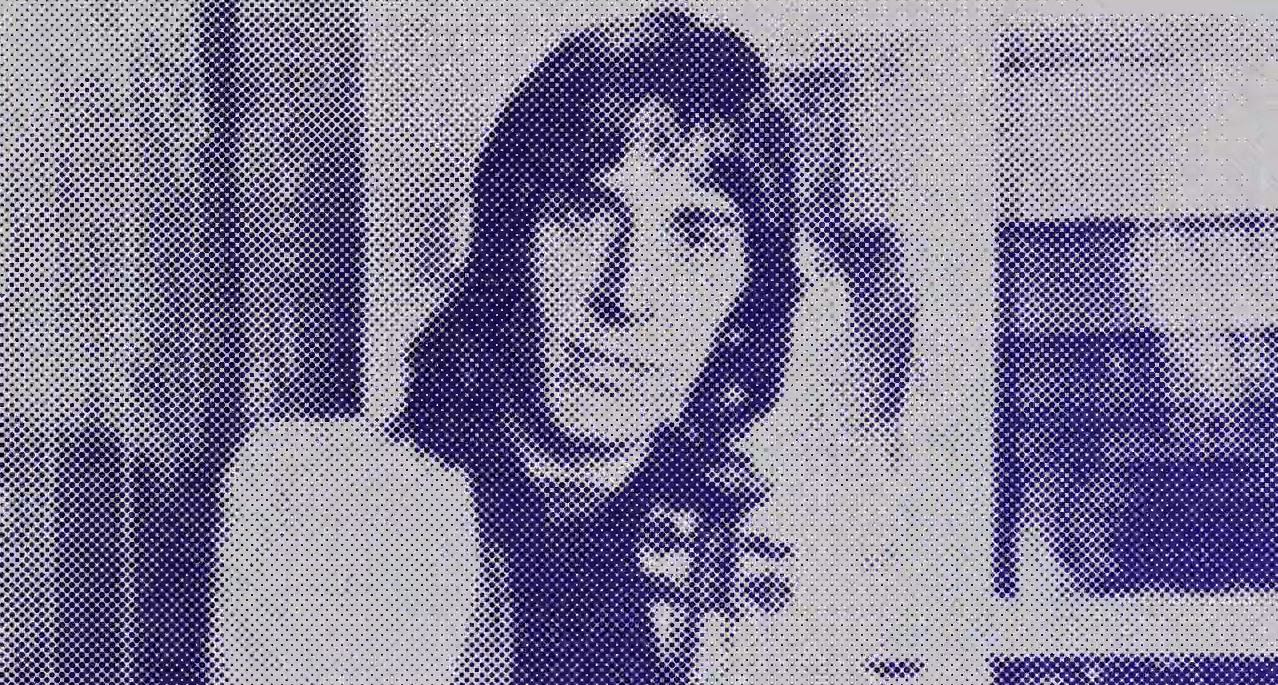
At Goldsmiths, Cale found an enticing environment: ‘They gave me a lot of support to go running around all the libraries and exploring, writing a history of the polyphonic mass,’ he says. ’I realised that you could loan records as books from Marylebone Public Library. I got used to finding where things were.’
As a student, Cale became friends with the experimental composer and former Stockhausen assistant Cornelius Cardew; both organized 'A Little Festival Of New Music' at Goldsmiths in July 1963, highlighting the early Fluxus art movement, and performing works including US avant-garde pioneers John Cage and LaMonte Young.
Soon after this, Cale headed Stateside; he’d won a prestigious scholarship to the Tanglewood music academy in Massachusetts, after impressing composer Aaron Copland – yet he felt irresistibly drawn to New York’s experimental scene.
‘Tanglewood was the home of classical music; that’s what I was supposed to be there for, and they wouldn’t let me perform my own music, because it was 'too violent',’ says Cale. ‘I wrote to John Cage, and said that I really wanted to work with him. And we did the Erik Satie piece…’
At 21, Cale joined Cage in a relay of ten pianists, performing an 18-hour continuous live performance of Satie’s Vexations (a single page of music notation, repeated 840 times) at Manhattan’s Pocket Theatre. The concert also led to Cale’s first television appearance: on the CBS gameshow, I’ve Got A Secret, in September 1963; it remains a surreal clip: the deadpan, coolly suited young musician playing to a prime-time audience that seems both baffled and rapt.
Cale now describes his move to New York as the ‘riskiest creative decision’ of his career, though it also arguably proved the most definitive:
‘New York in the 60s was everything I ever wanted,’ he says. ‘It never went to sleep; something was always going on; everything was shot in 8mm or 16mm; the whole spirit of experimentalism went into the art scene downtown…’
He joined LaMonte Young’s experimental collective, the Theatre Of Eternal Music (aka The Dream Syndicate), where he collaborated with musicians including minimalist innovator Terry Riley, as well as Sterling Morrison and Angus MacLise, who would both later join him in The Velvet Underground. This radical ensemble’s works were both hypnotic and challenging, exploring the sensory/hallucinatory effects of sustained drone, discord and amplification. Some of Cale’s mid-60s ‘noise recordings’ were eventually released as his Inside The Dream Syndicate series, including the 20-minute-long heavy vibrations of Dream Interpretation.
This seems particularly impressive, given that Young apparently struggled to understand Cale’s Welsh accent: ‘For the first year of my life in New York, there was a lot of nodding and smiling,’ laughs Cale. ‘But when you hold a drone for an hour and a half, you've got to really know what you’re doing. We developed a whole new category of music, and it’s still a rarity.’
Even in the midst of such far-out experiments, new possibilities beckoned as youth culture exploded. ‘The avant-garde makes more sense to me,’ Cale told the Pop Matters website about his 60s experience. Still, he admitted: ‘The unfortunate thing about the group that I was in was that it became an ever-decreasing circle of people. It became more and more focused on micro-issues. It was in direct contrast to the great excitement of rock 'n' roll. I thought, 'Wow, if I could only have a collaborator that had rock's verbal and literary side to them; we could put some really abrasive avant-garde ideas together'’.
Enter Lou Reed...
'We kept playing for the joy of playing...'
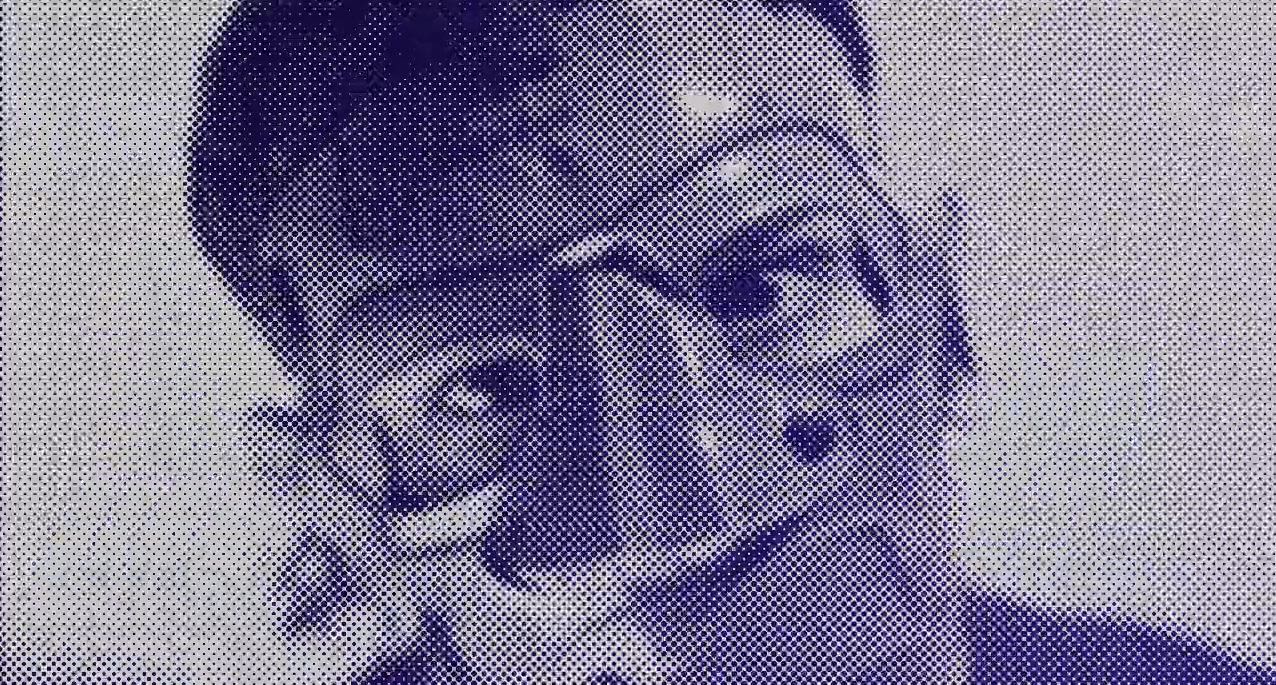
When Cale first met Reed, the latter was working as an in-house songwriter/session player for budget label, Pickwick Records. The pair were persuaded to record together as The Primitives in 1964; ‘The Ostrich’ was an absurdly catchy rock’n’roll meltdown, featuring Reed’s ‘trivial’ guitar tuning (with all the strings tuned to one note) – an experimental edge which certainly attracted Cale.
'Whenever we’d rehearse a song, we kept playing for the joy of playing'
Cale and Reed recruited guitarist Sterling Morrison and percussionist Angus MacLise, renaming their quartet The Warlocks, then The Falling Spikes, and ultimately: The Velvet Underground.
‘I was really excited by Lou’s improvisational abilities,’ says Cale. ‘He would always make something up as he went along. Whenever we’d rehearse a song, we kept playing for the joy of playing – and the music would get more and more abrasive as the playing went on.’
By late 1965, Moe Tucker had replaced MacLise on drums, and The Velvet Underground had won the patronage of Andy Warhol (reportedly after he caught them at Greenwich Village haunt, Café Bizarre); Warhol briefly became their manager, introducing them to vocalist Nico, and enlisting them as the house band for his Exploding Plastic Inevitable multimedia events. The Velvet Underground’s resolutely un-commercial sound became a sensory ‘happening’: an alluringly transgressive spirit captured on their iconic 1967 debut album, The Velvet Underground & Nico (produced by Warhol), and pushed into tougher territory on 1968 follow-up White Light/White Heat (described by Cale as ‘consciously anti-beauty’).
Tensions between Cale and Reed grew fierce, and Cale left The Velvet Underground after these first two albums – they would release three further LPs without him, yet his presence remains at the core of the band’s ongoing influence: in the eerily seductive electric viola strains on ‘Venus In Furs’ or ‘Heroin’; the drone-drenched ‘Black Angel’s Death Song’; the weird resonance of ‘European Son’ (created by Cale scraping a chair across the floor); Cale’s macabre love story on ‘The Gift’.
In 1990, Cale and Reed did reunite, to create Songs For Drella: an acclaimed, intimate album tribute to Warhol, who had died three years earlier. A fractious Velvet Underground reunion followed in 1993, after which Cale and Reed refused to work together again: pulling together, tearing apart.
In the desert of LA, remembering Europe...
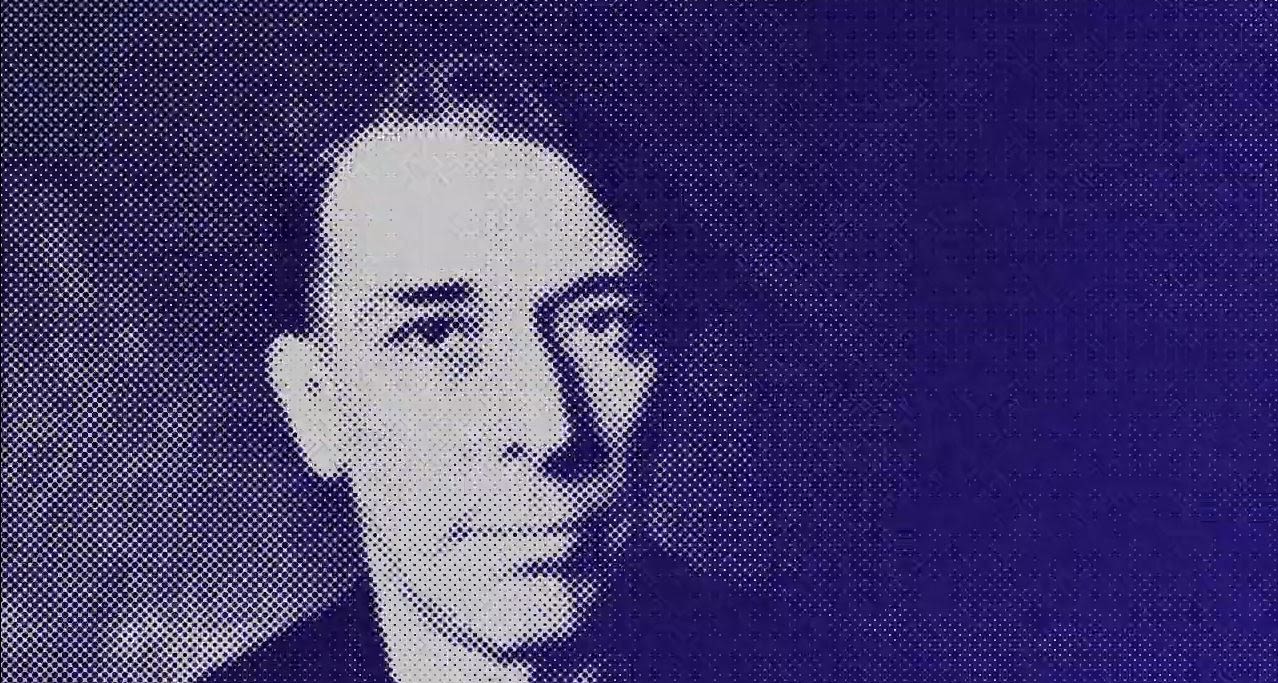
Cale’s post-Velvet Underground expressions did not miss a beat. His strident and strikingly melodic debut solo album Vintage Violence (1970) was recorded right after an experimental collaboration with Terry Riley, Church Of Anthrax. His 1973 second album, Paris 1919 is still regarded as a benchmark: structured in contrast to his improvised works, imbued with rich orchestration and bittersweet narratives, and somehow timeless and restless – Cale began to revive the album on live tour dates in 2009.
‘The way that Paris happened, a lot of attention is devoted to the circumstances of the end of war in 1919,’ says Cale. ‘I was actually making the album in the desert of LA, while remembering all my favourite places in Europe. It was an oblique look at the height of the Cold War.’
Over that same period, Cale was also proving a game-changing producer and collaborator – working on albums including The Stooges’ self-titled 1969 debut (it’s also Cale hitting that single irrepressible piano note throughout ‘I Wanna Be Your Dog’ – simultaneously minimalist and raucous punk); folk hero Nick Drake’s Bryter Layter (1971); and Patti Smith’s Horses (1975).
His credits would prove far-reaching over decades; he’d produce the Madchester wild rumpus of Happy Mondays’s debut Squirrel And G-Man… (1987), and lend ‘keyboards and noise’ to Welsh indie rockers Manic Street Preachers’s Postcards From A Young Man (2010).
Love/hate relationships would yield beautiful sounds – notably on his 1990 electronic album with Brian Eno, Wrong Way Up (though they’d previously worked together, on this cover artwork, the pair’s portraits are split by daggers).
Musically, Cale has been an exciter, or an agitator. His cover version of ‘Heartbreak Hotel’ mutated Elvis’s croon into a kind of soul exorcism. While performing the track at a Croydon gig in 1977 (an era when he’d often perform in a hockey mask and custom-made ski suit), Cale decapitated a dead chicken onstage, to the revulsion of his band and audience. Cale described the incident in his autobiography as ‘the most effective show-stopper I ever came up with.’
A markedly different tribute came in Cale’s 1991 delivery of Leonard Cohen’s ‘Hallelujah’. It was Cale’s stripped-bare arrangement that arguably inspired Jeff Buckley’s version – and countless 21st-century covers.
‘Most of the people I’ve worked with, they don’t seem to care very much if they make 'mistakes',’ says Cale. ‘And all my collaborators have been fast enough and accepting enough of my mistakes, to create something together. Everything is material, in terms of improvising and making a song. You let the tape run…’
'All of it can be done differently...'
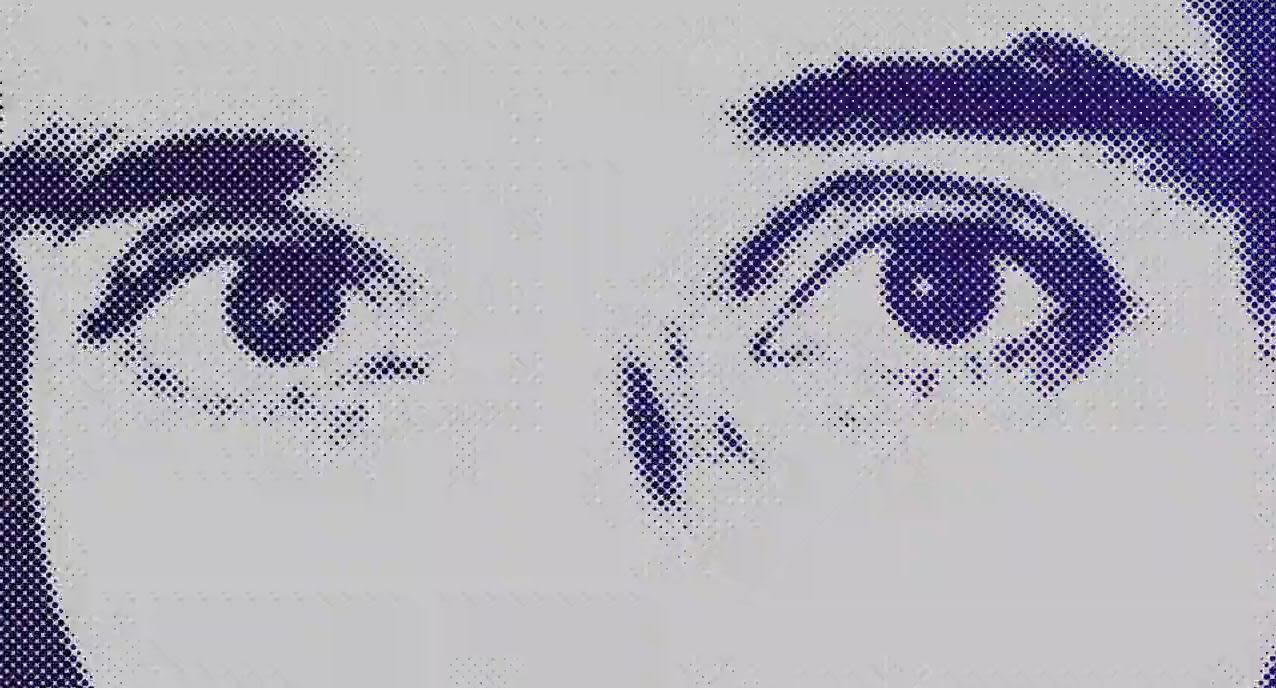
There has not been a prolonged break in Cale’s career, but he’ll admit that there have been difficult phases:
‘I remember the 1980s as being very untidy,’ he murmurs. ‘I was having difficulty with maintaining an output. I wouldn’t have a band until I went on tour; it felt very inconclusive about what my next step would be. The whole process of making an album could also get messy; later, Pro Tools would make splicing things together very easy.’
That decade still produced enduring musical highlights, including 1981’s Honi Soit album (‘Did Warhol ever forgive me for colourising the album sleeve? No! I should’ve left it in black-and-white, really’), and the synth melancholy of Artificial Intelligence (1985). It also featured a troubled ‘lost classic’, Music For A New Society (1982); in 2016, Cale would reinvent the entire album’s songs as M:FANS. In the latter release’s press notes, Cale observed that: ‘what was once sorrow, was now a form of rage’.
In recent years, Cale has sounded fully charged, and constantly tuned into new music; he’ll rave about electronic and hip hop artists from James Blake to Vince Staples and Noname. He continues to work with generations of artists across genres, including Danger Mouse (Brian Burton) on ‘I Wanna Talk 2 U’ (from Cale’s 2012 album, Shifty Adventures In Nookie Wood; Burton has described Cale’s approach as ‘a place I’ve been trying to get to myself’).
In some ways, modern tech has caught up with Cale’s experimentalism; in 2014, he collaborated with artist Liam Young for a ‘drone orchestra’ concert at the Barbican, with airborne robots adding spectacle to the mesmerizing sounds.
Meanwhile, the classic songs still invite new experiments. As Cale says:
‘You put a slant on the meaning, the phrasing, the emphasis. The thing is, all of it can be done differently…’
John Cale (2018-1964): A Futurespective
with the London Contemporary Orchestra
9–10 Mar 2018
Nimbly navigating both the Experimental and Pop worlds, John Cale performs a career-spanning set with help from the London Contemporary Orchestra
Help shape the set list
Pick your favourite song from John’s eclectic back catalogue and complete the form below.
The three most popular choices will be played at the shows and we'll randomly select three winners to receive a pair of tickets to the show of their choice.
On Spotify
Listen to our John Cale profile:
On the Podcast
Ahead of his ‘Futurespective’ we chatted to John Cale about his remarkable career thus far, from his early days working alongside La Monte Young to his continued quest to write a truly great love song.
